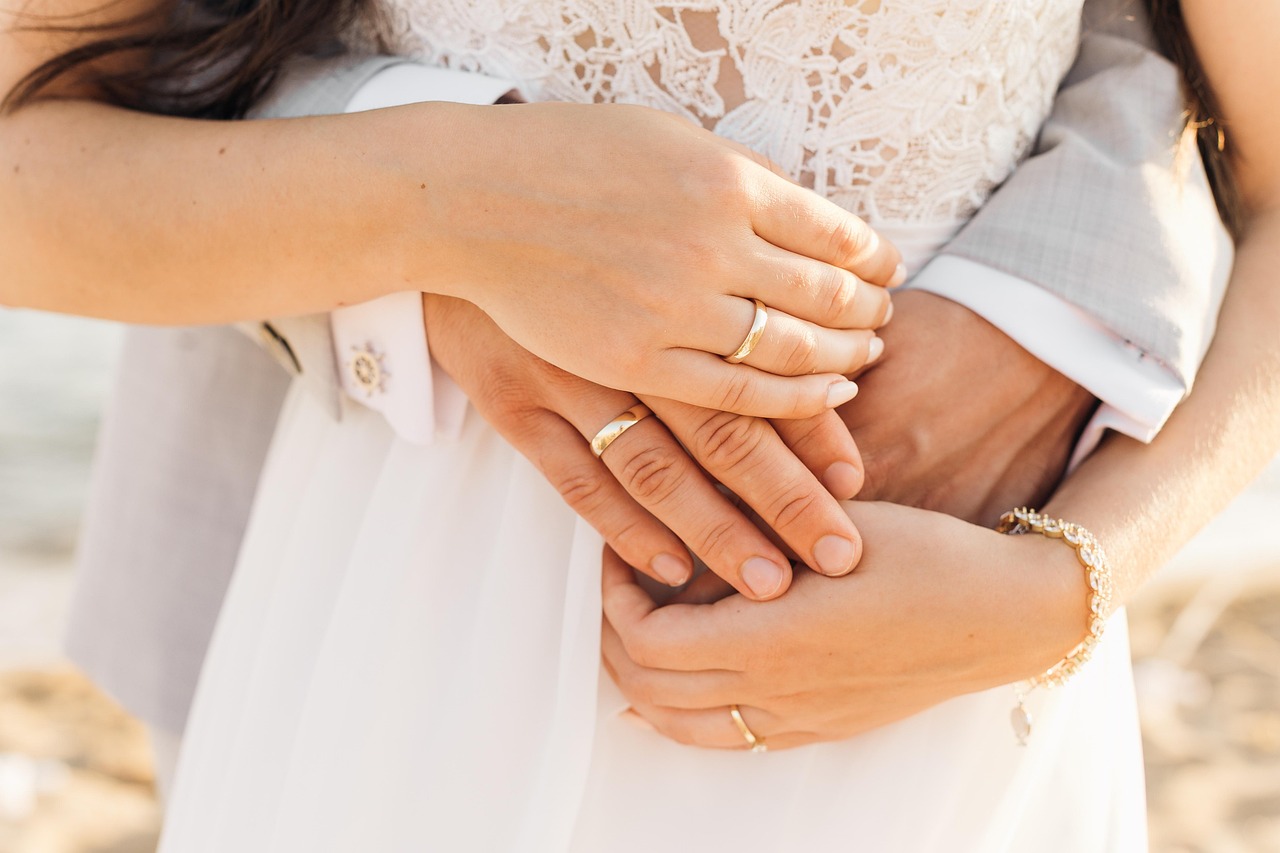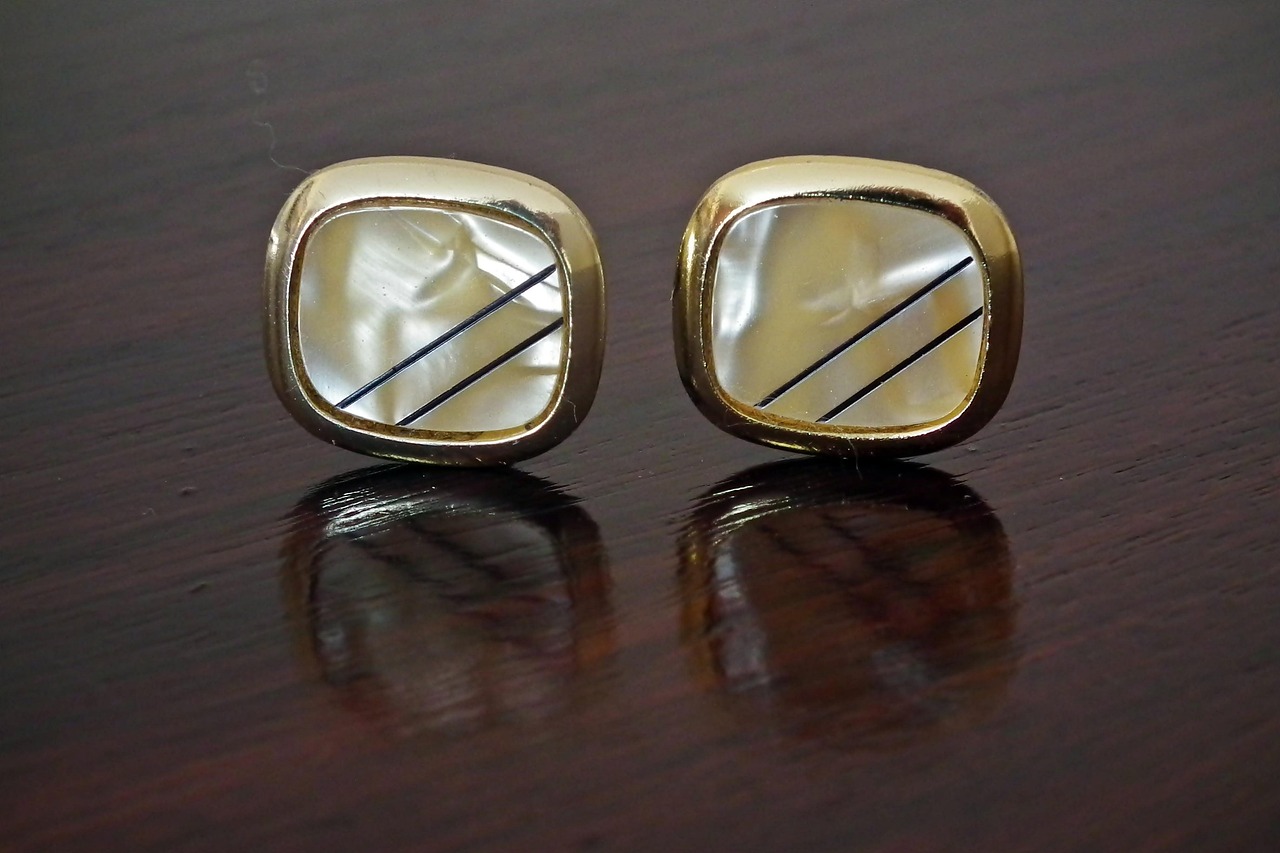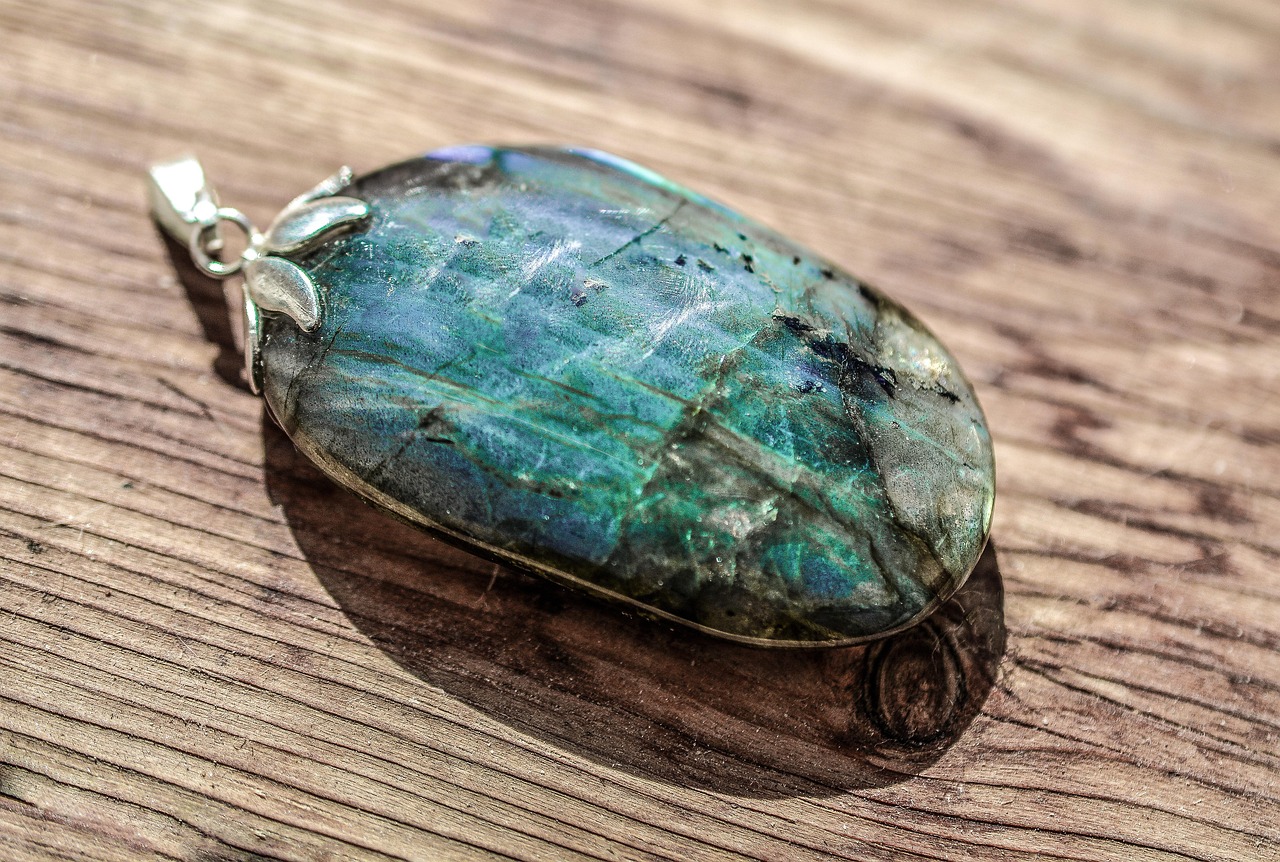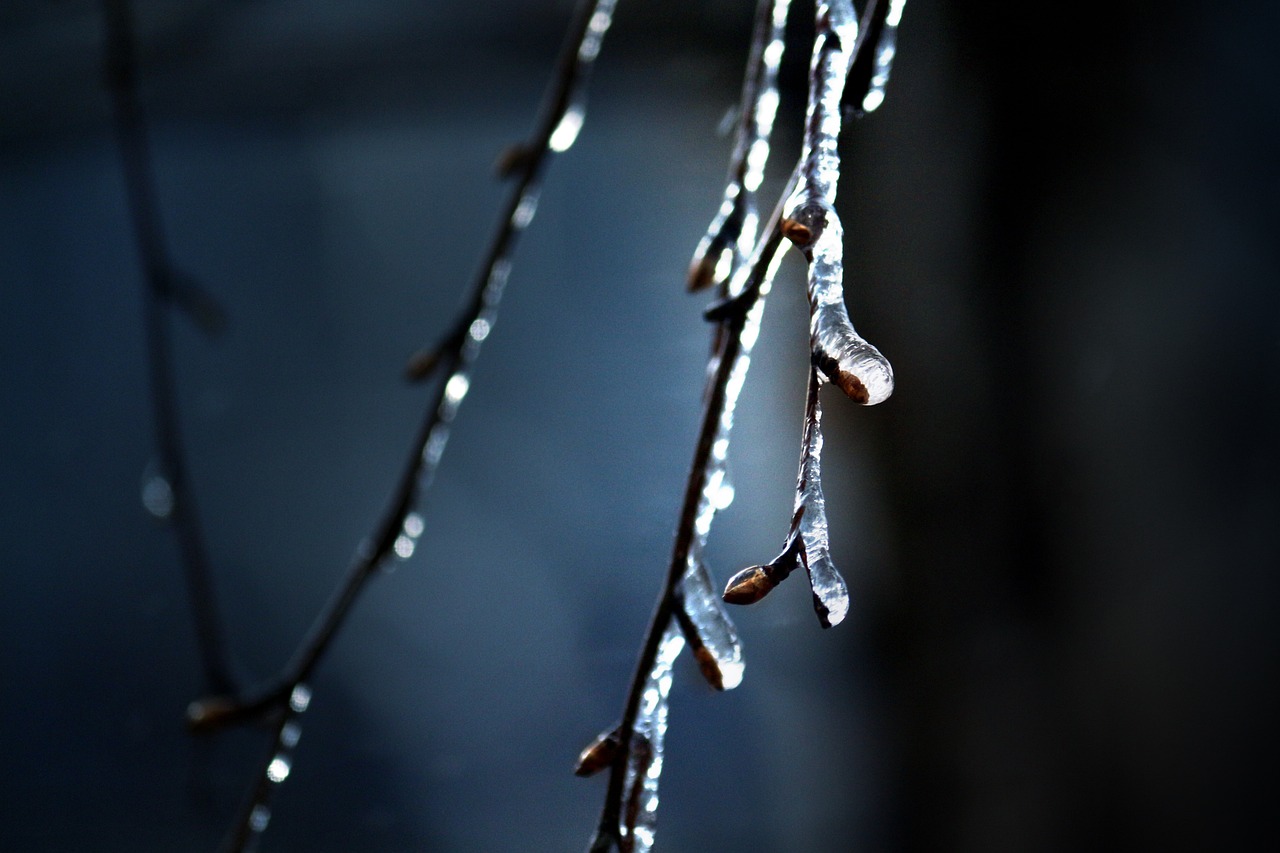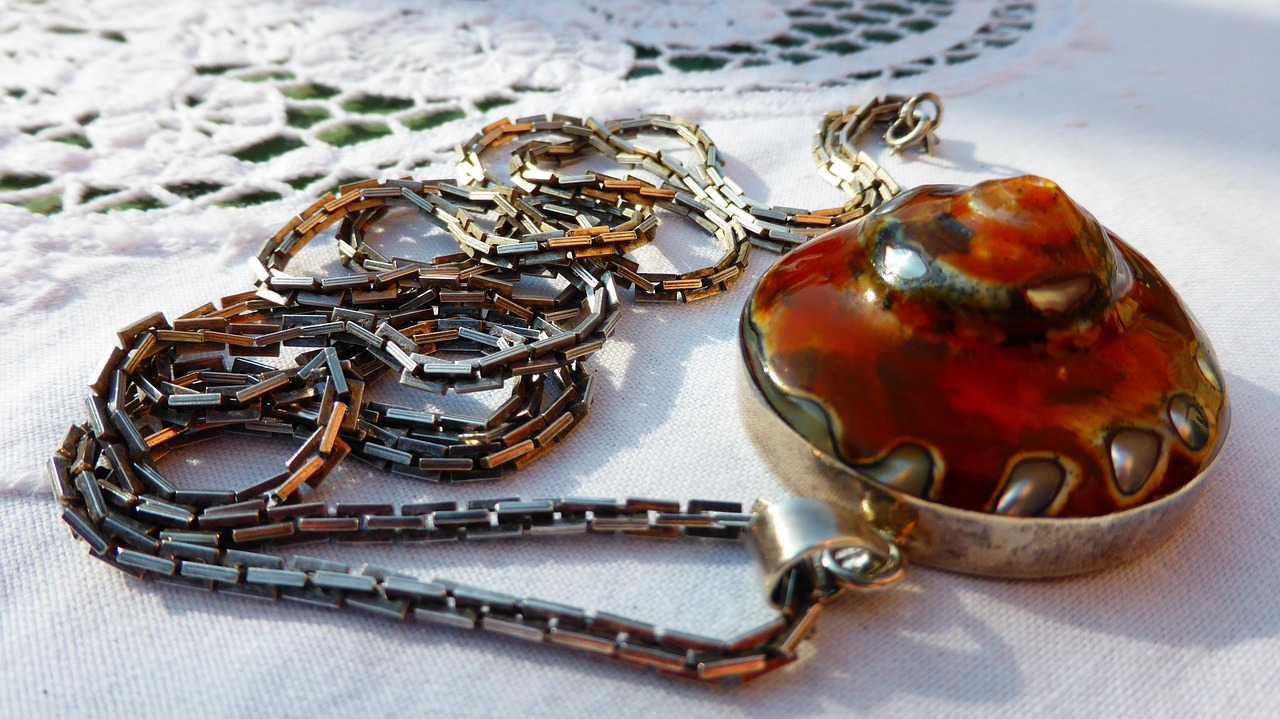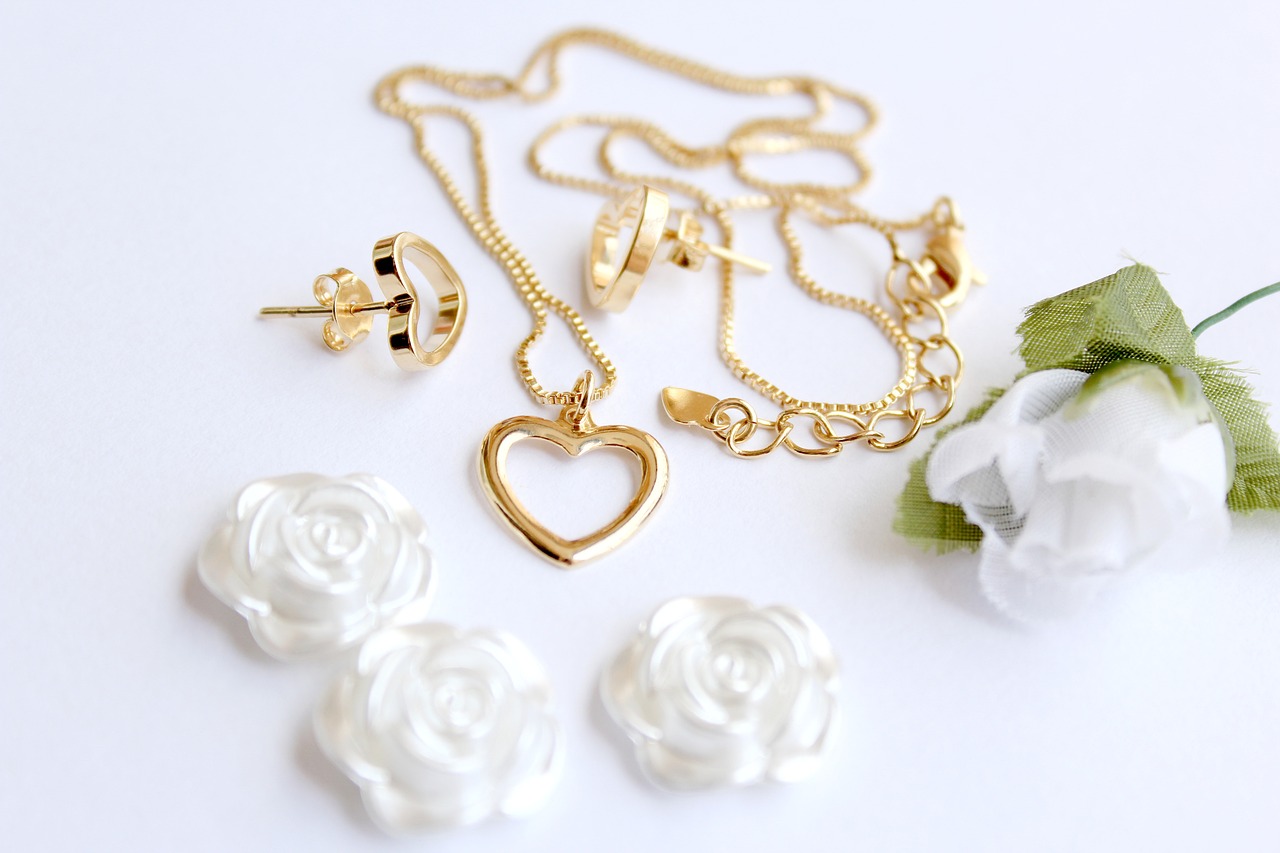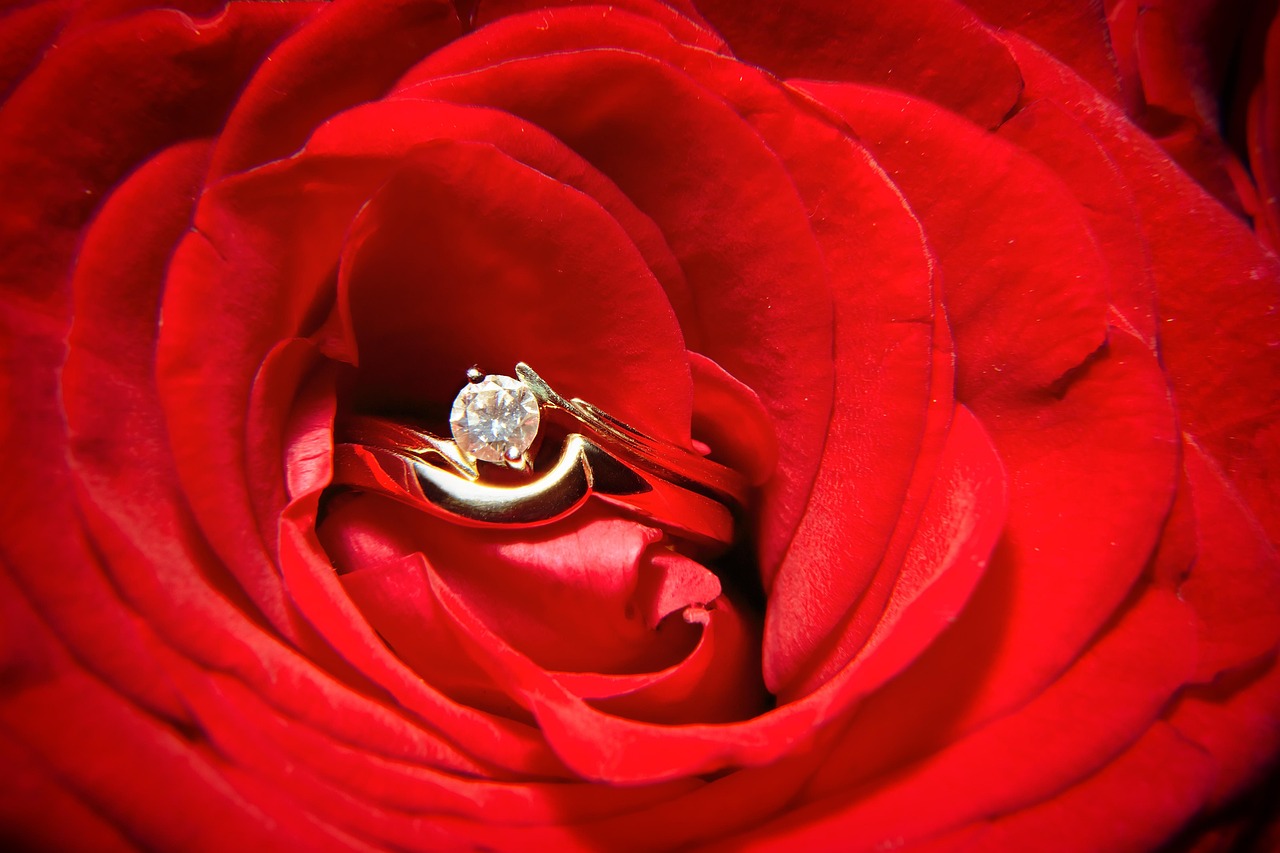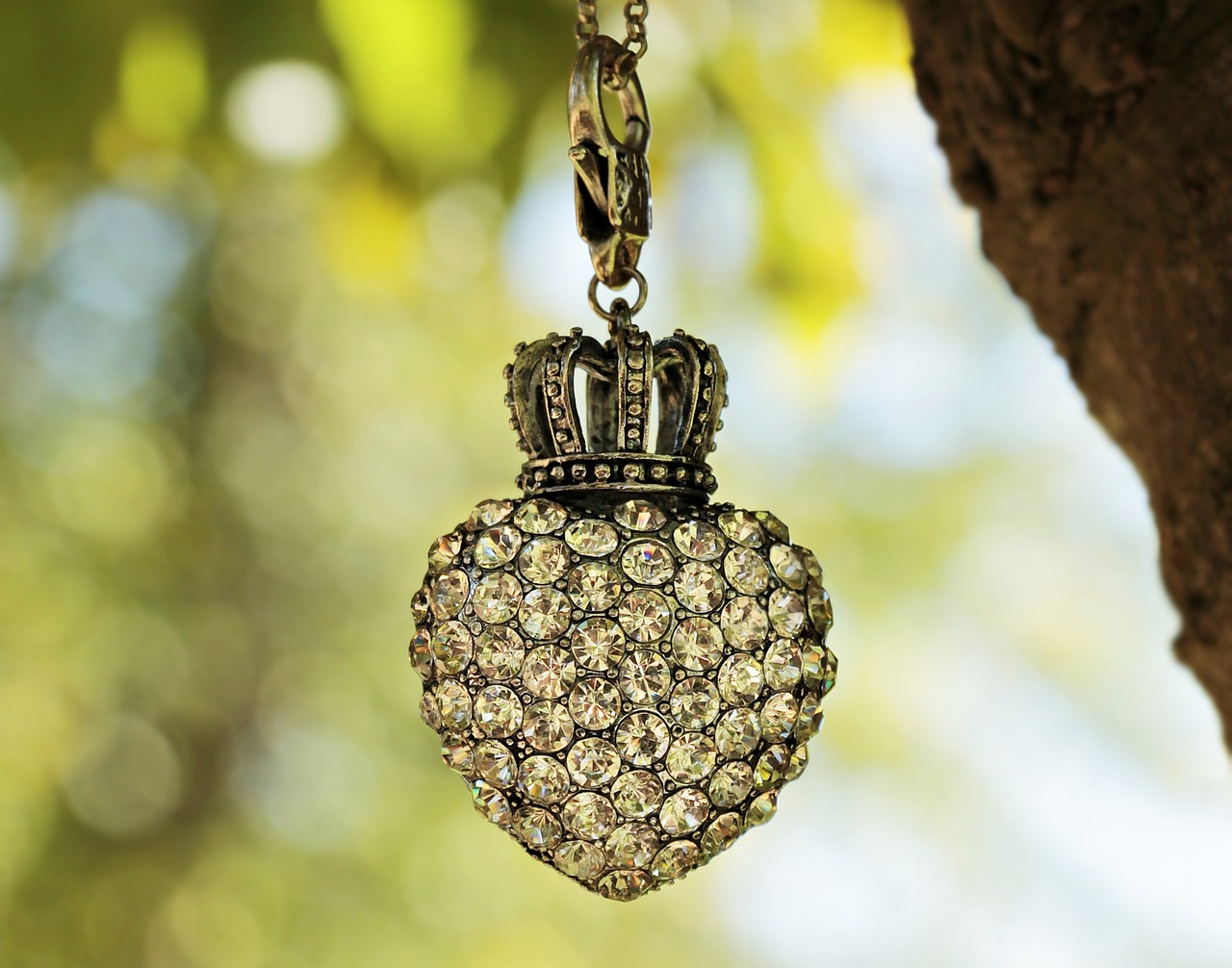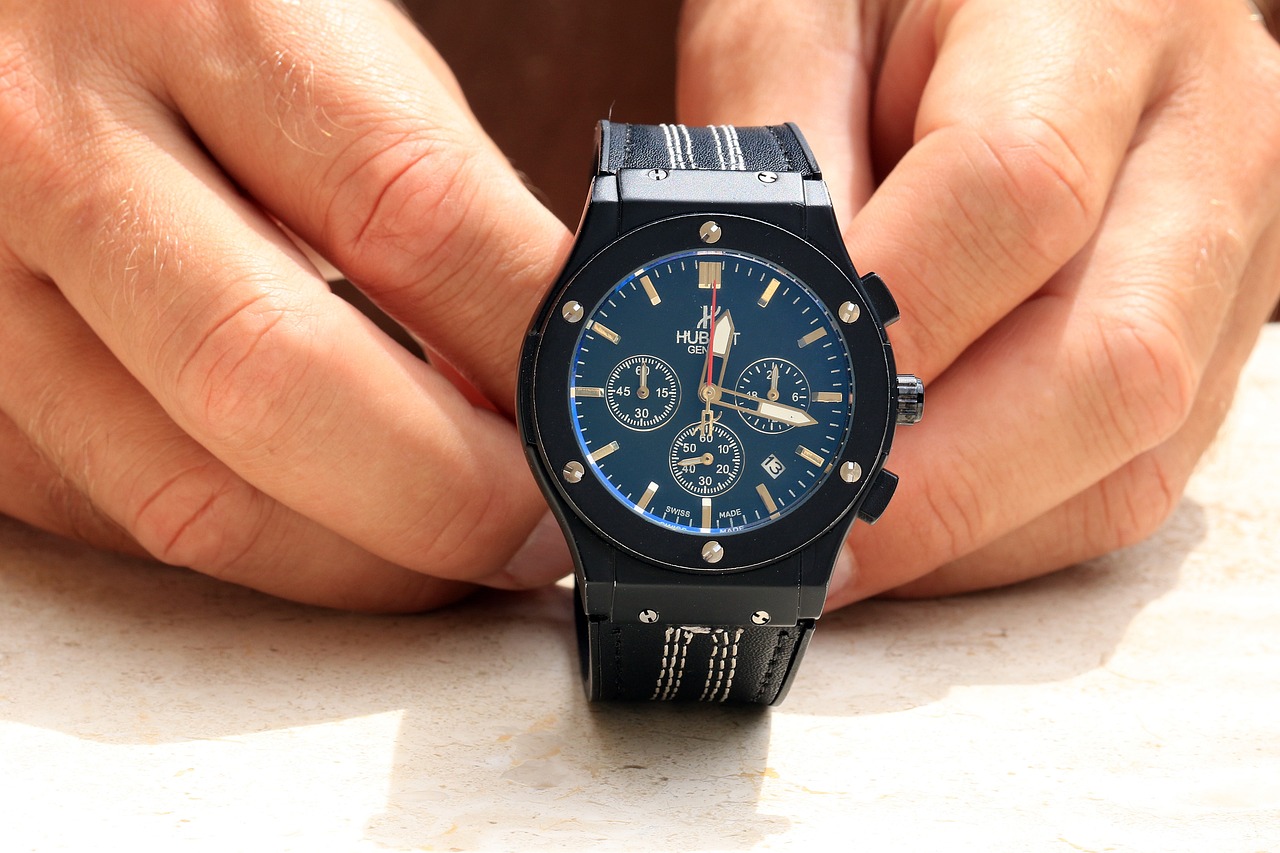This article provides essential tips and insights on maintaining the luster and beauty of white gold jewelry, ensuring it remains a cherished part of your collection for years to come.
What is White Gold and Why is It Popular?
White gold is an alloy made primarily of gold and other metals such as palladium, nickel, or silver. This combination gives it a stunning silver-white hue that is both elegant and durable. Its popularity stems from its versatility and ability to complement various gemstones, making it a preferred choice for engagement rings and fine jewelry. Additionally, white gold is often rhodium plated, enhancing its shine and providing a protective layer against scratches and tarnishing.
How to Clean White Gold Jewelry Effectively?
Regular cleaning is crucial for maintaining the shine of white gold. To clean your jewelry effectively, follow these steps:
- Mix warm water with a few drops of mild dish soap.
- Soak the jewelry for about 20 minutes.
- Use a soft toothbrush to gently scrub the piece, focusing on intricate areas.
- Rinse thoroughly with clean water and dry with a soft cloth.
For stubborn tarnish, consider using a specialized jewelry cleaner that is safe for white gold.
What are the Best Practices for Storing White Gold Jewelry?
Proper storage is essential to prevent scratches and tarnishing. Here are some best practices:
- Store each piece separately in a soft pouch or a lined jewelry box to avoid scratches.
- Keep your jewelry away from direct sunlight and humidity, which can cause damage.
- Consider using anti-tarnish strips in your storage area to maintain shine.
How to Avoid Common Damages to White Gold Jewelry?
Understanding potential hazards can help protect your jewelry. Avoid exposing white gold to:
- Harsh chemicals found in cleaning products and swimming pools.
- Excessive moisture, especially in hot tubs or during showers.
- Physical impacts from sports or heavy activities.
When Should You Consider Professional Cleaning for White Gold?
While at-home care is important, consider professional cleaning if:
- Your jewelry appears dull despite regular cleaning.
- There are noticeable scratches or damage.
- You want to restore the rhodium plating.
Professionals can provide deep cleaning and polishing that enhances the jewelry’s appearance.
How Does Rhodium Plating Affect White Gold Jewelry?
Rhodium plating gives white gold its brilliant shine but requires maintenance. Over time, the plating can wear off, leading to a yellowish tint. Regular re-plating every few years can keep your jewelry looking its best.
What Should You Know About White Gold Jewelry Repair?
Common repair needs include resizing, re-tipping prongs, and rhodium re-plating. Always choose a qualified jeweler who specializes in white gold to ensure quality repairs.
Can White Gold Jewelry Be Resized or Altered?
Yes, white gold jewelry can be resized. However, it is crucial to consult with a professional jeweler to determine the best method, as resizing can affect the integrity of the piece.
What are the Myths Surrounding White Gold Care?
Many misconceptions exist about white gold maintenance. For instance, some believe that vinegar can clean white gold, but this is false and can cause damage. Always use gentle cleaning methods to ensure longevity.
How to Choose Quality White Gold Jewelry?
When selecting white gold jewelry, look for pieces that are stamped with a quality mark, such as 14K or 18K. Always check for the jeweler’s reputation and consider asking for information on the alloy’s composition.

What is White Gold and Why is It Popular?
White gold is a popular choice in fine jewelry, prized for its stunning appearance and durability. Understanding its composition and appeal can significantly enhance appreciation for this precious metal. White gold is an alloy, primarily made of yellow gold mixed with metals such as palladium or nickel to achieve its distinctive silver-white hue. This combination not only alters the color but also improves the metal’s strength and durability, making it suitable for everyday wear.
One of the key factors contributing to the popularity of white gold is its versatility. It complements a wide range of gemstones and can be easily matched with other metals, such as yellow or rose gold. This adaptability makes it a favored choice for various types of jewelry, including engagement rings, earrings, and bracelets. Additionally, the sleek and modern look of white gold appeals to those seeking a contemporary aesthetic.
Another significant aspect of white gold is its rhodium plating. Many pieces of white gold jewelry are plated with rhodium, a member of the platinum family, to enhance their shine and provide a protective layer against scratches and tarnishing. This plating gives white gold its brilliant luster, making it even more attractive to consumers. However, it is essential to note that rhodium plating may wear off over time, necessitating periodic re-plating to maintain the jewelry’s appearance.
Moreover, white gold is often perceived as a more affordable alternative to platinum while still offering a similar look and feel. This affordability, combined with its durability and aesthetic appeal, has contributed to its status as a popular choice for engagement and wedding rings, symbolizing commitment and love.
In summary, the composition and characteristics of white gold, along with its contemporary appeal and affordability, make it a favored option in the world of fine jewelry. Understanding these elements can help consumers appreciate its value and make informed choices when purchasing white gold pieces.
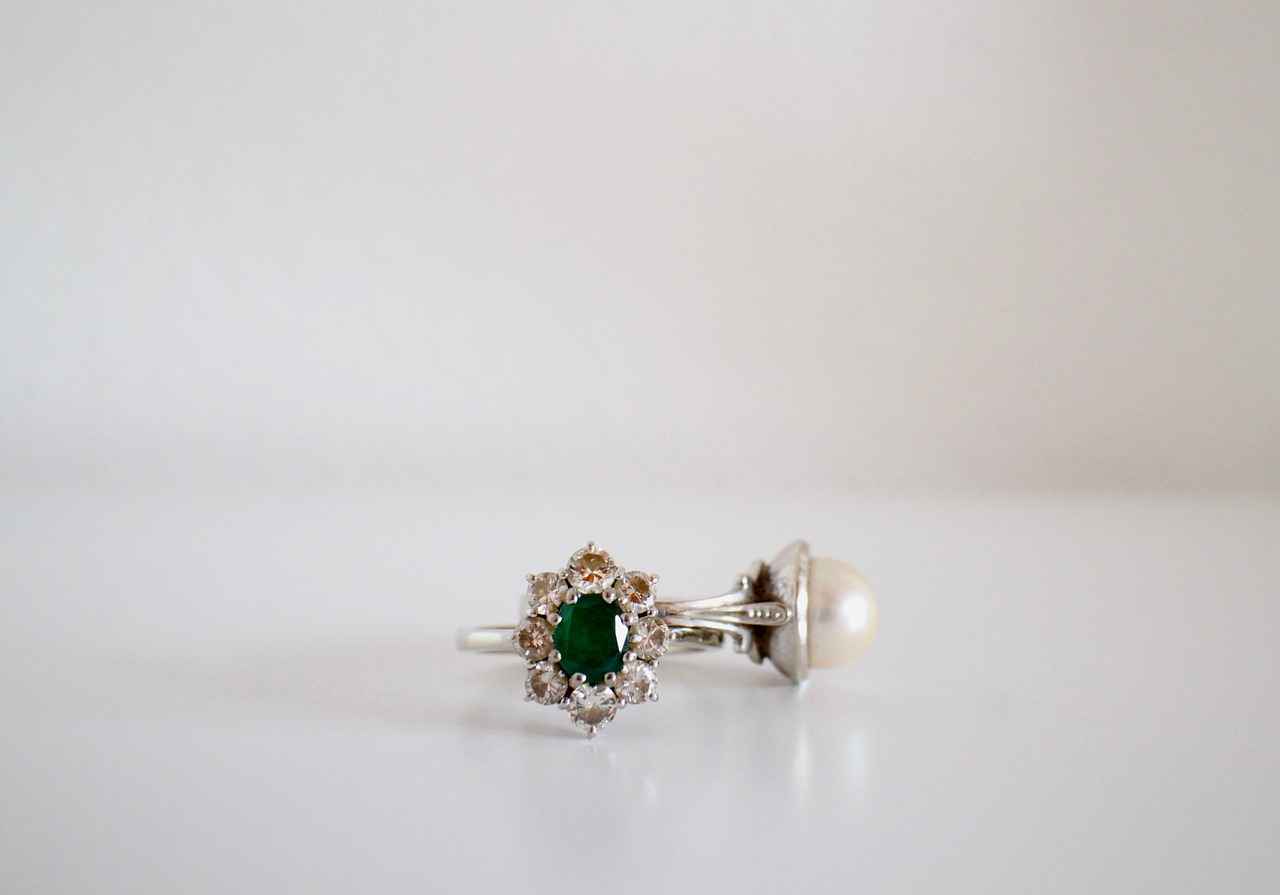
How to Clean White Gold Jewelry Effectively?
Keeping your white gold jewelry looking its best requires regular cleaning. The beauty of white gold is often enhanced by its shiny, reflective surface, which can diminish over time due to everyday wear and exposure to various elements. Here, we will explore effective cleaning methods and recommend products that will help you maintain the luster of your white gold pieces without causing any damage.
Understanding the Cleaning Process
Before diving into specific methods, it is essential to understand that white gold is typically alloyed with metals such as nickel or palladium and is often coated with a layer of rhodium. This rhodium plating adds to its brilliance but can wear off over time, requiring special care during cleaning.
Simple At-Home Cleaning Methods
- Soap and Water Solution: Mix a few drops of mild dish soap with warm water. Soak your jewelry for about 15-20 minutes, then gently scrub with a soft-bristled toothbrush. Rinse thoroughly under running water and dry with a soft cloth.
- Ammonia Solution: For a deeper clean, you can create a solution of one part ammonia to six parts water. Soak your jewelry for no more than 10 minutes. Rinse well and dry completely. Note: Avoid using ammonia on jewelry with gemstones.
- Commercial Jewelry Cleaners: There are many products available specifically for cleaning white gold. Look for cleaners that are safe for rhodium-plated jewelry. Follow the manufacturer’s instructions for the best results.
Recommended Products for Cleaning
| Product | Type | Notes |
|---|---|---|
| Connoisseurs Jewelry Cleaner | Liquid | Safe for all types of jewelry, including white gold. |
| Hagerty Jewelry Cleaner | Ultrasonic | Effective for deeper cleaning, especially for intricate designs. |
| Simple Green Jewelry Cleaner | Concentrate | Eco-friendly option that works well for everyday cleaning. |
Tips for Maintaining White Gold Shine
- Avoid Harsh Chemicals: Stay away from bleach or abrasive cleaners, as they can damage the surface of your jewelry.
- Store Properly: When not in use, store your white gold pieces in a soft pouch or a separate compartment in your jewelry box to avoid scratches.
- Limit Exposure: Remove your jewelry before swimming, exercising, or applying lotions and perfumes to minimize exposure to harmful substances.
By following these effective cleaning methods and utilizing the right products, you can ensure that your white gold jewelry remains as stunning as the day you bought it. Regular maintenance not only enhances its appearance but also extends its lifespan, allowing you to enjoy your cherished pieces for many years to come.

What are the Best Practices for Storing White Gold Jewelry?
When it comes to maintaining the beauty and longevity of your white gold jewelry, proper storage is essential. This precious metal, known for its stunning appearance and durability, can still be susceptible to scratches and tarnishing if not cared for properly. Below, we explore effective storage solutions and habits to ensure your cherished pieces remain in pristine condition.
- Use Soft Pouches or Fabric Liners: Always store your white gold jewelry in soft pouches or lined jewelry boxes. This prevents direct contact with harder surfaces that can cause scratches.
- Avoid Stacking Items: When storing multiple pieces together, avoid stacking them directly on top of one another. Instead, use separate compartments or dividers to minimize friction.
- Keep Away from Moisture: Humidity can lead to tarnishing. Store your jewelry in a cool, dry place, and consider using silica gel packets in your storage box to absorb excess moisture.
- Limit Exposure to Chemicals: Household chemicals, perfumes, and lotions can tarnish white gold. Always remove your jewelry before applying these substances and store them away from such items.
- Regularly Inspect and Clean: Periodically check your jewelry for any signs of tarnishing or damage. A gentle cleaning with a soft cloth can help maintain its shine.
In addition to these practices, consider the following storage solutions:
| Storage Option | Benefits |
|---|---|
| Jewelry Box with Dividers | Prevents scratching and tangling, keeping pieces organized. |
| Individual Soft Pouches | Offers extra protection for each piece, reducing the risk of damage. |
| Anti-Tarnish Cloths | Helps to absorb moisture and prevent tarnishing while in storage. |
By implementing these best practices, you can significantly reduce the risk of scratches and tarnishing, ensuring that your white gold jewelry remains as stunning as the day you purchased it. Remember, consistent care and attention to storage habits will go a long way in preserving the beauty of your treasured pieces.
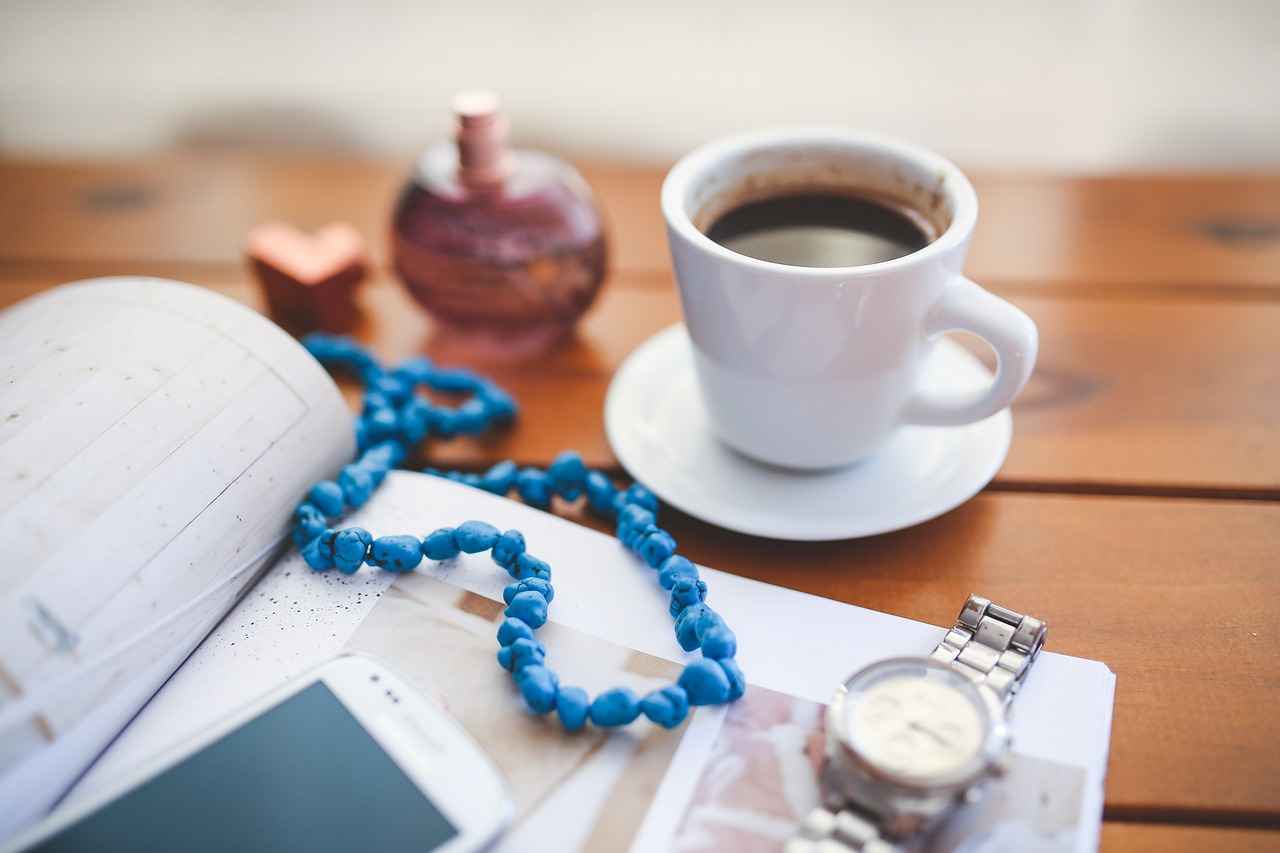
How to Avoid Common Damages to White Gold Jewelry?
White gold jewelry is a stunning addition to any collection, but it requires careful handling to maintain its beauty. Understanding potential hazards can help you protect your jewelry from damage. This section covers everyday activities that can harm white gold and provides practical tips on how to avoid them.
White gold, while durable, is not impervious to damage. Here are some common activities that can lead to scratches, tarnishing, or other forms of harm:
- Household Chores: Activities like washing dishes or cleaning with harsh chemicals can lead to scratches or tarnishing. It’s best to remove your jewelry before engaging in these tasks.
- Exercise: Sweating during workouts can cause buildup on your jewelry, leading to dullness. Additionally, contact with hard surfaces can result in scratches. Consider taking off your rings and bracelets while exercising.
- Swimming: Chlorine in pools and saltwater at the beach can damage the finish of your white gold jewelry. Always remove your jewelry before swimming to avoid potential harm.
- Beauty Products: Lotions, perfumes, and hair sprays can leave residues that dull the shine of white gold. Apply these products before putting on your jewelry to minimize exposure.
To keep your white gold jewelry looking pristine, consider the following protective measures:
- Establish a Routine: Make it a habit to remove your jewelry during activities that pose a risk of damage. This simple step can significantly extend the life of your pieces.
- Use Soft Cloths: When cleaning or handling your jewelry, use a soft, lint-free cloth to prevent scratches.
- Store Properly: Keep your white gold jewelry in a separate compartment or a soft pouch to prevent it from scratching against other pieces.
- Regular Inspections: Periodically check your jewelry for signs of wear and tear. Early detection of issues can prevent more significant problems later on.
If you notice scratches or tarnishing on your white gold jewelry, don’t panic. Here are steps you can take:
- Gentle Cleaning: Use a mild soap and warm water solution to clean your jewelry. Avoid abrasive materials that can cause further damage.
- Seek Professional Help: For significant damage, such as deep scratches or loose stones, consult a professional jeweler. They can assess the damage and recommend appropriate repairs.
By being aware of potential hazards and taking proactive steps to protect your white gold jewelry, you can ensure that it remains a cherished part of your collection for years to come. Remember, prevention is always better than repair!
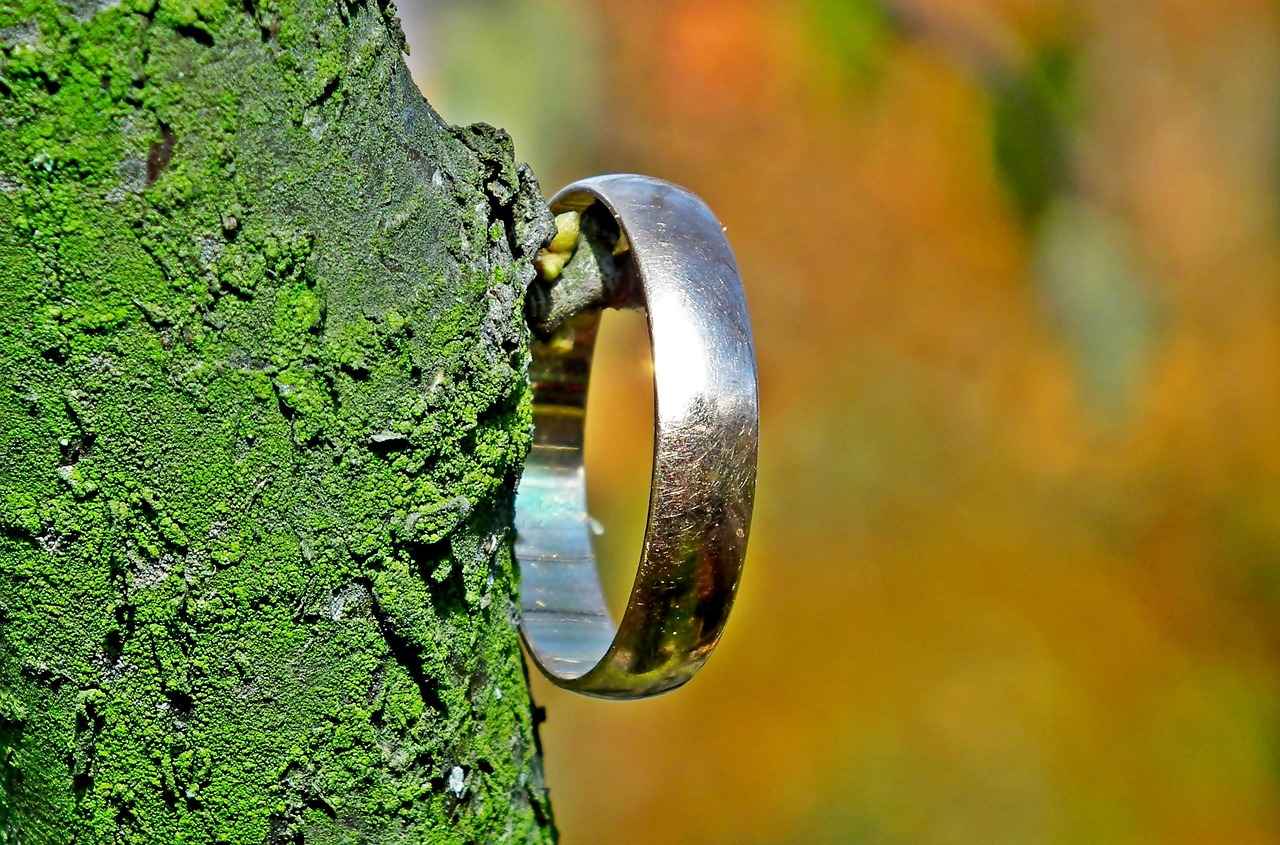
When Should You Consider Professional Cleaning for White Gold?
When it comes to maintaining the beauty of your white gold jewelry, professional cleaning plays a significant role. While regular at-home care is essential, there are specific scenarios where seeking expert assistance can enhance the longevity and appearance of your precious pieces. Understanding when to consider professional cleaning can save you time, effort, and potentially costly repairs in the future.
White gold jewelry, known for its stunning luster, can accumulate dirt, oils, and tarnish over time. Although routine cleaning at home can help, professional cleaning offers deeper restoration that is hard to achieve on your own. Jewelers use specialized tools and solutions that can effectively remove stubborn residues without damaging the delicate metal or any gemstones.
- Visible Tarnish: If you notice a yellowish tint on your white gold pieces, it may be time for a professional clean.
- Loss of Shine: Dullness in your jewelry’s appearance can indicate that it needs a thorough cleaning.
- After Significant Wear: If you’ve worn your jewelry during activities that could cause damage, such as swimming or exercising, consider a professional clean.
- Before Special Occasions: For events like weddings or anniversaries, having your jewelry professionally cleaned ensures it looks its best.
When you take your white gold jewelry to a professional, here’s what you can expect:
- Assessment: The jeweler will first evaluate your piece for any damage or specific cleaning needs.
- Ultrasonic Cleaning: Many jewelers use ultrasonic cleaners that use high-frequency sound waves to remove dirt and grime from intricate designs.
- Polishing: After cleaning, the piece may be polished to restore its shine, often using a special cloth or polishing machine.
- Rhodium Plating: If your white gold jewelry has rhodium plating, the jeweler may offer to reapply it to enhance its appearance and protect against tarnishing.
While the frequency of professional cleaning can vary based on usage, a good rule of thumb is to consider it every 6 to 12 months. This ensures that your jewelry remains in optimal condition, allowing you to enjoy its beauty for years to come.
In summary, while at-home care is vital, understanding when to seek professional cleaning for your white gold jewelry can make a significant difference in its maintenance. By recognizing the signs that indicate the need for professional help and knowing what to expect during the cleaning process, you can keep your cherished pieces looking as radiant as the day you bought them.

How Does Rhodium Plating Affect White Gold Jewelry?
Rhodium plating is a popular finish for white gold jewelry, offering a stunning, reflective surface that enhances its overall appearance. However, the benefits of rhodium plating come with certain considerations regarding maintenance and longevity. In this section, we will explore the pros and cons of rhodium plating and its impact on the lifespan of your cherished jewelry.
Rhodium is a rare, precious metal that belongs to the platinum family. It is known for its brilliant sheen and resistance to tarnish, making it an ideal choice for plating white gold. The process involves applying a thin layer of rhodium over the white gold, resulting in a bright, shiny finish that can elevate the appearance of any piece.
- Enhanced Appearance: Rhodium plating gives white gold jewelry a stunning, mirror-like finish that enhances its beauty.
- Tarnish Resistance: The rhodium layer acts as a barrier, protecting the underlying metal from tarnishing and scratches.
- Durability: Although rhodium plating is not permanent, it can significantly extend the life of your jewelry if maintained properly.
- Maintenance Required: Rhodium plating can wear off over time, especially with frequent wear. Regular re-plating may be necessary to maintain the jewelry’s appearance.
- Cost: The process of rhodium plating can add to the overall cost of the jewelry, and re-plating services can also be an additional expense.
- Allergic Reactions: Some individuals may experience allergic reactions to rhodium, although this is rare.
Rhodium plating can significantly enhance the longevity of white gold jewelry by providing a protective layer against scratches and tarnishing. However, the effectiveness of this protection depends on how often the jewelry is worn and how well it is cared for. Regular cleaning and careful storage can help prolong the life of both the rhodium layer and the white gold beneath it.
To ensure your rhodium-plated jewelry remains in excellent condition, consider the following tips:
- Regular Cleaning: Use a soft cloth to gently wipe the jewelry after each wear to remove oils and dirt.
- Avoid Harsh Chemicals: Keep your jewelry away from harsh cleaning agents, perfumes, and lotions that can damage the rhodium layer.
- Store Properly: Keep your jewelry in a soft pouch or a lined jewelry box to prevent scratches and tangling.
In summary, rhodium plating offers both aesthetic and protective benefits for white gold jewelry, enhancing its appearance while providing a layer of durability. However, it is essential to understand the maintenance required to keep your jewelry looking its best. By following proper care guidelines and being aware of the potential need for re-plating, you can enjoy the beauty of your rhodium-plated white gold jewelry for years to come.

What Should You Know About White Gold Jewelry Repair?
Understanding the repair options for white gold jewelry is essential for preserving its beauty and longevity. Over time, even the most well-cared-for pieces may require maintenance due to everyday wear and tear. This section will explore common repair needs for white gold and provide guidance on how to select a qualified jeweler for the job.
- Scratches and Dents: White gold jewelry is not immune to scratches. Regular wear can lead to minor imperfections. Jewelers can polish these out, restoring the piece’s original shine.
- Rhodium Plating Reapplication: Many white gold pieces are plated with rhodium to enhance their luster. Over time, this plating may wear off, requiring reapplication to maintain the jewelry’s appearance.
- Loose Stones: If your white gold ring or pendant features gemstones, regular checks are necessary. Stones can become loose over time, and a jeweler can securely reset them.
- Chain Repairs: Necklaces and bracelets may suffer from broken or worn chains. A jeweler can repair or replace these components to ensure your piece remains wearable.
When it comes to jewelry repairs, not all jewelers are created equal. Here are some tips to help you find a qualified professional:
- Check Credentials: Look for jewelers with certifications from recognized organizations, such as the Gemological Institute of America (GIA). This ensures they have the necessary training and expertise.
- Read Reviews: Customer feedback can provide insights into a jeweler’s quality of work and customer service. Websites like Yelp or Google Reviews can be helpful.
- Ask About Experience: Inquire about the jeweler’s experience specifically with white gold. They should be familiar with the unique properties of this metal and the specific repair techniques required.
- Request a Quote: Before committing to any repairs, ask for a detailed estimate. This should include the cost of materials and labor, ensuring there are no surprises later.
- Warranty and Guarantees: A reputable jeweler should stand by their work. Ask if they offer any warranties or guarantees on repairs.
After your white gold jewelry has been repaired, it’s important to maintain it properly to prolong its lifespan:
- Regular Cleaning: Clean your jewelry regularly using a mild soap solution and a soft cloth. Avoid harsh chemicals that can damage the metal.
- Proper Storage: Store your pieces in a soft pouch or a separate compartment in your jewelry box to prevent scratches.
- Periodic Checks: Regularly inspect your jewelry for signs of wear or damage, especially if it features delicate components.
By understanding the common repair needs of white gold jewelry and knowing how to choose a qualified jeweler, you can ensure that your cherished pieces remain in excellent condition for years to come. Remember, investing in repairs is an investment in the longevity and beauty of your jewelry collection.
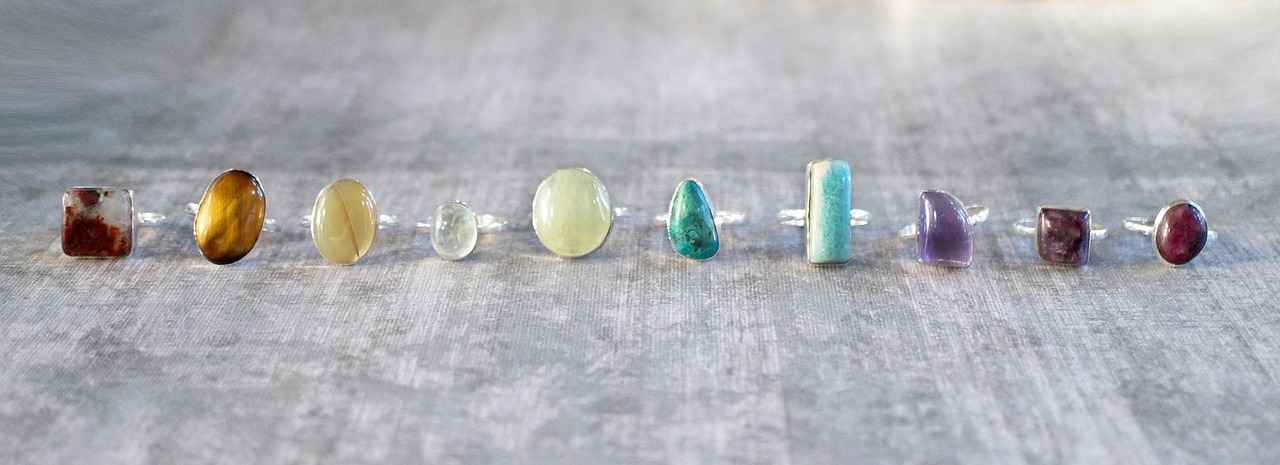
Can White Gold Jewelry Be Resized or Altered?
When it comes to white gold jewelry, achieving the perfect fit is essential for both comfort and aesthetics. Resizing may become necessary due to various reasons, such as weight fluctuations, lifestyle changes, or simply a desire for a snugger fit. This section will delve into the resizing process for white gold jewelry and outline key considerations before making any alterations.
White gold is an alloy, primarily made of gold mixed with metals like palladium or nickel. This composition gives it a beautiful, lustrous finish, but it also affects how it can be resized. The resizing process involves either increasing or decreasing the ring’s size, which can be done by a professional jeweler. However, there are several important factors to consider:
- Type of Setting: Rings with intricate settings or stones may require more careful handling. The jeweler must ensure that the stones remain secure during the resizing process.
- Thickness of the Band: A thicker band can generally be resized more easily than a thinner one. If the band is too thin, it may not withstand resizing without compromising its integrity.
- Rhodium Plating: Many white gold pieces are plated with rhodium to enhance their shine. Resizing can affect this plating, and it may need to be reapplied afterward to restore the original luster.
- Jewelry Age: Older pieces may have unique characteristics or wear that could complicate resizing. It’s essential to consult with a jeweler experienced in vintage jewelry.
Before proceeding with resizing, it’s advisable to visit a reputable jeweler who specializes in white gold jewelry. They can assess the piece’s condition and determine the best approach. Additionally, consider the following tips:
1. Get multiple opinions if unsure about the resizing process.2. Ask about the jeweler's experience with white gold.3. Inquire about the warranty or guarantee for the resizing work.
After resizing, routine maintenance is crucial to keep your jewelry looking its best. Regular cleaning and occasional re-plating can help maintain the shine and appeal of your white gold pieces. Always remember that while resizing is a common practice, it should be approached with caution and care. By understanding the intricacies of resizing, you can ensure that your beloved white gold jewelry remains a cherished part of your collection for years to come.
In conclusion, resizing white gold jewelry is not only possible but often necessary for the perfect fit. However, it is essential to consider various factors and consult with a skilled jeweler to ensure the process is done correctly and safely. Taking these steps will help preserve the beauty and integrity of your jewelry.

What are the Myths Surrounding White Gold Care?
Understanding the myths surrounding the care of white gold jewelry is crucial for maintaining its beauty and longevity. Many jewelry owners harbor misconceptions that can lead to improper care, ultimately affecting the appearance and durability of their cherished pieces. This section aims to debunk these common myths and provide clarity for all white gold jewelry enthusiasts.
One prevalent myth is that white gold jewelry requires no maintenance. In reality, while white gold is durable, it still needs regular care to preserve its shine. Over time, the rhodium plating can wear off, leading to a dull appearance. Regular cleaning and periodic professional polishing are essential to keep your jewelry looking its best.
Another misconception is that harsh chemicals can be used for cleaning white gold. This is dangerous as it can damage the rhodium plating and the metal itself. Instead, use a mild soap solution and a soft cloth for cleaning. Avoid abrasive materials that can scratch the surface.
Many believe that all white gold is identical. However, the composition of white gold can vary significantly depending on the alloy used. Different metals mixed with gold can affect its color, durability, and hypoallergenic properties. Always check the karat and alloy composition to understand the quality of your white gold pieces.
Some jewelry owners think it’s safe to wear white gold jewelry during all activities. This is misleading; while white gold is strong, exposure to harsh chemicals, extreme temperatures, or physical activities can cause damage. It’s advisable to remove your jewelry before engaging in activities like swimming, exercising, or cleaning.
Many people assume that rhodium plating will last forever. In reality, it can wear off over time, especially with frequent wear. Regular maintenance, including re-plating, may be necessary to maintain the bright white finish. Consult with a professional jeweler to determine the best care routine for your specific piece.
Another common myth is that white gold is not hypoallergenic. This is not universally true, as the alloy used can contain nickel, which can cause allergic reactions in some individuals. If you have sensitive skin, look for white gold that is alloyed with palladium or platinum instead of nickel.
Finally, many people believe it’s fine to store white gold alongside other jewelry. This can lead to scratches and damage. It’s best to store white gold pieces separately, preferably in a soft-lined jewelry box or pouch to prevent contact with other items.
By debunking these myths, jewelry owners can better understand how to care for their white gold pieces, ensuring they remain beautiful and cherished for years to come. Always remember that proper maintenance and care can significantly extend the life of your jewelry.

How to Choose Quality White Gold Jewelry?
Choosing the right white gold jewelry can be a daunting task, especially with the plethora of options available in the market. However, selecting quality pieces is essential for ensuring both durability and beauty. In this guide, we will explore critical factors to consider when purchasing white gold jewelry, helping you make informed decisions that will last a lifetime.
- Check the Karat: White gold is typically available in 10K, 14K, and 18K options. The higher the karat, the more pure gold is present, which usually translates to better quality and value.
- Inspect the Alloy Composition: White gold is an alloy, often mixed with metals like nickel, palladium, or silver. Ensure the alloy used is of high quality, as this affects the jewelry’s durability and appearance.
- Look for Rhodium Plating: Most white gold jewelry is rhodium plated to enhance its shine and protect it from tarnishing. Always check for the quality of the plating and whether it’s been applied evenly.
- Examine the Finish: High-quality white gold jewelry should have a smooth and polished finish. Look for any signs of rough edges or poor craftsmanship, which can indicate a lower-quality piece.
- Check the Settings: For pieces with gemstones, ensure that the settings are secure. A well-crafted setting will keep the stones in place and prevent them from falling out.
When searching for white gold jewelry, it’s crucial to buy from reputable sources. Consider the following:
- Established Jewelers: Look for jewelers with a long-standing reputation and positive reviews. They are more likely to offer authentic and high-quality pieces.
- Certification: Ensure that the jewelry comes with certification, especially for pieces featuring gemstones. Certifications provide assurance of the quality and authenticity of the materials used.
While price shouldn’t be the only factor in your decision, it can be a good indicator of quality. Beware of prices that seem too good to be true; they often are. Quality white gold jewelry comes with a price that reflects its craftsmanship and materials.
Finally, always verify the authenticity of the jewelry. Look for stamps or markings that indicate the karat and the manufacturer. If you’re unsure, consider consulting a professional jeweler for an expert opinion.
By following these tips, you can confidently choose high-quality white gold jewelry that not only enhances your style but also stands the test of time. Remember, investing in quality is investing in your future!
Frequently Asked Questions
- How often should I clean my white gold jewelry?
It’s best to clean your white gold jewelry every few weeks to keep it shining bright. If you wear it daily, consider giving it a gentle clean once a week. Regular maintenance prevents dirt buildup and keeps it looking new!
- Can I clean white gold with regular jewelry cleaner?
While some jewelry cleaners are safe for white gold, it’s crucial to read labels. Look for cleaners specifically formulated for white gold to avoid any damage. A mild soap and warm water solution works wonders too!
- What should I avoid to prevent damaging my white gold jewelry?
Avoid exposing your white gold to harsh chemicals, such as bleach or chlorine, as they can tarnish the metal. Also, take off your jewelry during activities like swimming or cleaning to prevent scratches and wear.
- How do I know if my white gold jewelry needs professional cleaning?
If your jewelry looks dull or has lost its shine even after cleaning at home, it might be time for a professional touch. A jeweler can restore its luster and check for any damage that needs attention.
- Is rhodium plating necessary for white gold?
Rhodium plating enhances the shine and durability of white gold, giving it that stunning white finish. However, it can wear off over time, so periodic re-plating may be necessary to keep your pieces looking their best.
